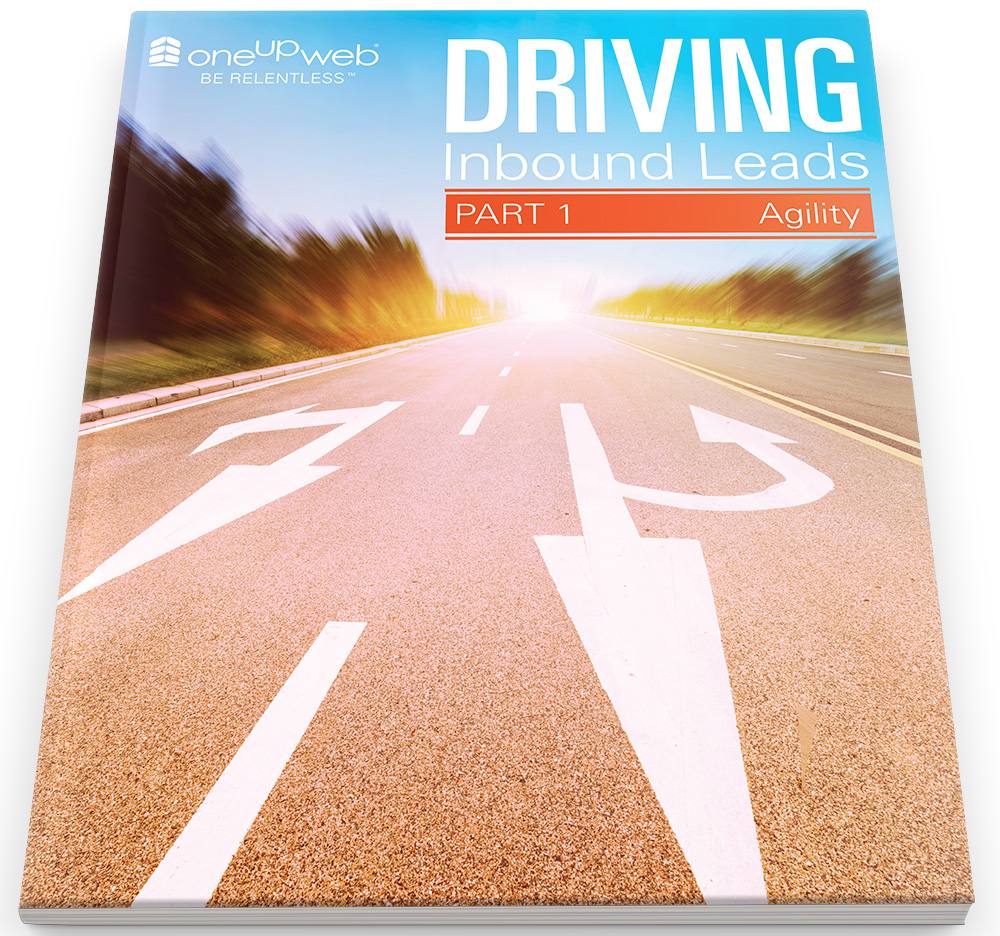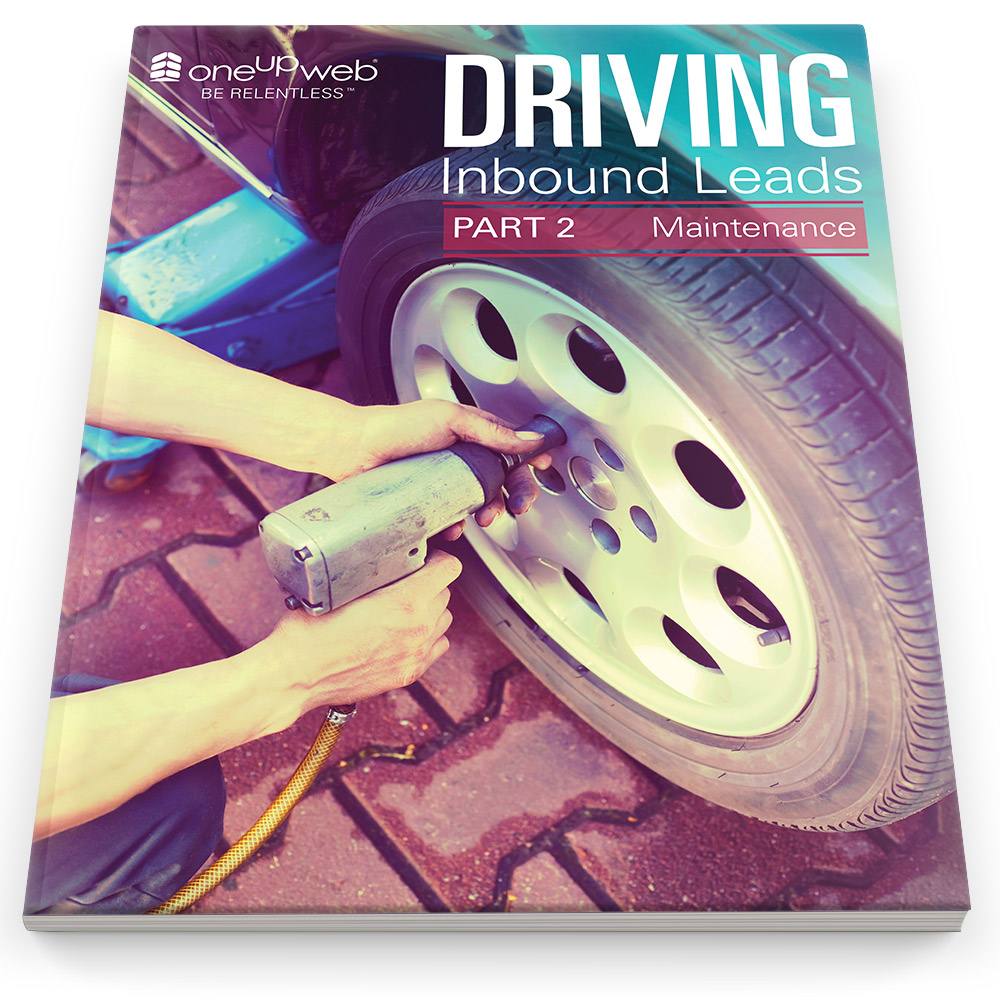What’s up with inbound marketing? Why should you care?
Is everyone into inbound marketing these days? I’ve taken to tallying the number of times inbound appears while my colleagues and I read our morning trades (ahem, blogs). And it’s not just my anecdotal observation that inbound is garnering a lot of buzz, just ask Google. You can see that queries for content relating to inbound marketing is spiking and outbound marketing has tapered off dramatically.
We know that inbound marketing delivers 54% more leads than traditional outbound marketing. So why wouldn’t marketers be interested?
Inbound marketing, now in its promising prime, has replaced the “traditional” (read: old) methods of pushing out in favor of pulling in—and attracting prospects to your brand. Gone are the days of buying lists, creating ads and tossing a marketing-Hail-Mary for the ever-sought-after qualified lead. Inbound marketing is the art of curating, creating and disseminating attractive content in an effort to drive the most qualified traffic back to your brand with the hope that, once there—users will convert. Inbound is about messaging that is intentional, relevant and custom fit to engage your customers and potential customers in the right channel (social media infographic, direct email, blog post, etc.) at the right time in their purchase path.
Ask yourself—do you truly know and understand who your customers are and where they ‘live’ online? You have to know who you are targeting, understand their needs and speak to how your offering can make their life better before you blast content out into the ether hoping something will stick.
Driving inbound leads is no small undertaking. There is a lot of upfront setup—mobilizing an agile crew, developing a robust coffer of meaningful content, knowing when and how to distribute it, regularly measuring your efforts, and always…. ALWAYS at the ready to pivot in new directions as needed. You and your team must be prepared to stay the course, trust each other and be willing to ask hard questions of one another.
So—what’s key to any inbound marketing plan? Download our two-part whitepaper series, Driving Inbound Leads. We give you a road map for developing and implementing an inbound plan that custom fits to your organization or business. In this series we take you through:
- Getting your ‘house in order’—You must make sure you have the right resources in place. What are your campaign goals? Do you know what a qualified lead looks like?
- Who will be riding along with you for this inbound marketing strategy? We recommend a cross-disciplinary approach. You need a pit crew that knows how to do their job well, but also how to communicate and share resources across departmental lines. Do your sales and marketing teams cross-share tactics? Do you have the right team in place to have a cross departmental view of the whole of your sales tactics?
- Revisit your sales funnel—make sure that your content workflows correspond with what your customers and prospects need from you. Make sure it isn’t leaking. What is the typical sales cycle for your customers? Where do they first learn about you? What content drives them in? Where do they bounce? What information or reassurance do they need along their path to becoming a customer?
At the end of this series, you will have a stronger idea of how to develop your coffer of content, learn from your efforts and keep all systems go and focused on driving high volume, high quality inbound leads. Gentleman, start your engines!


